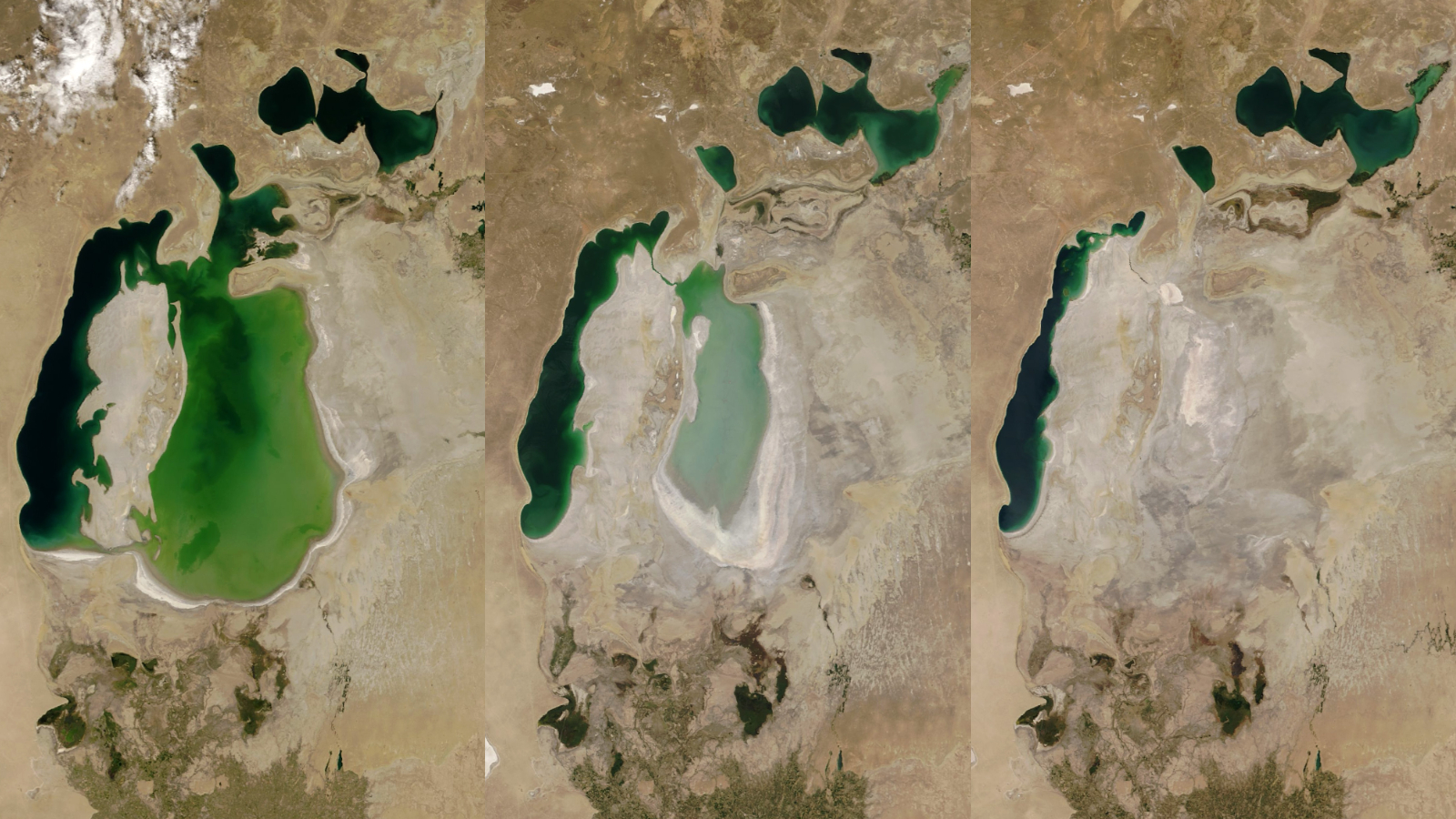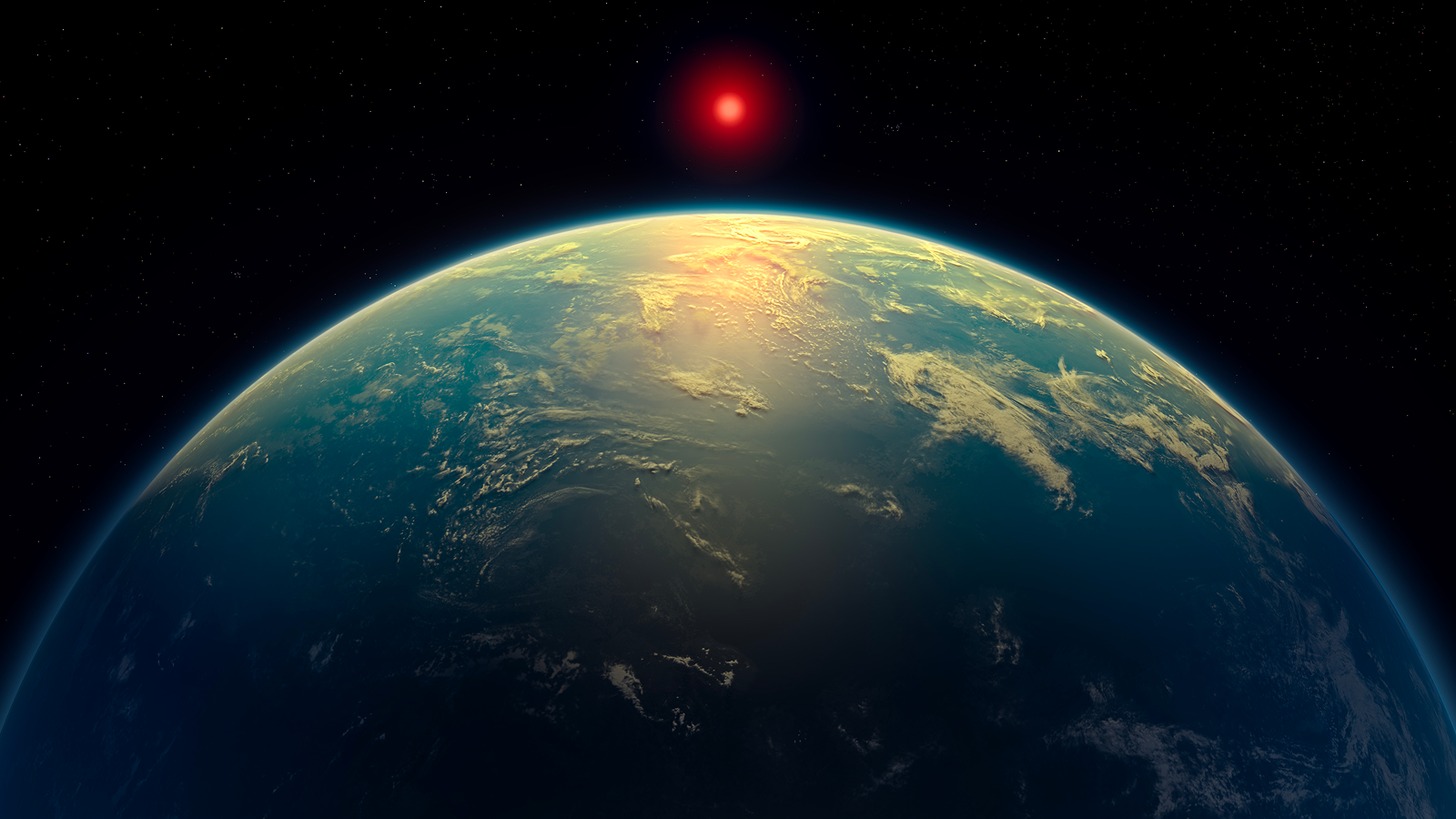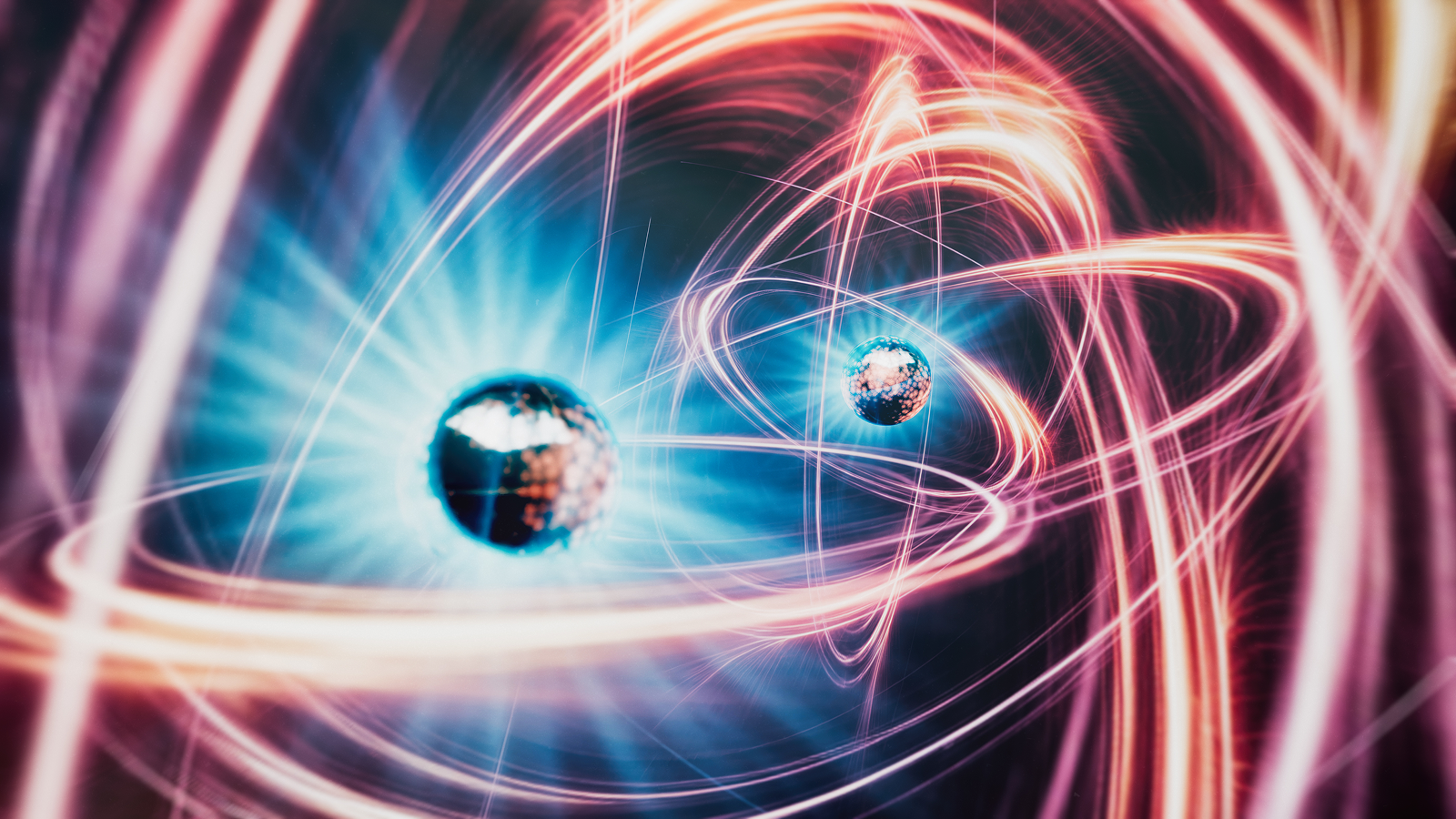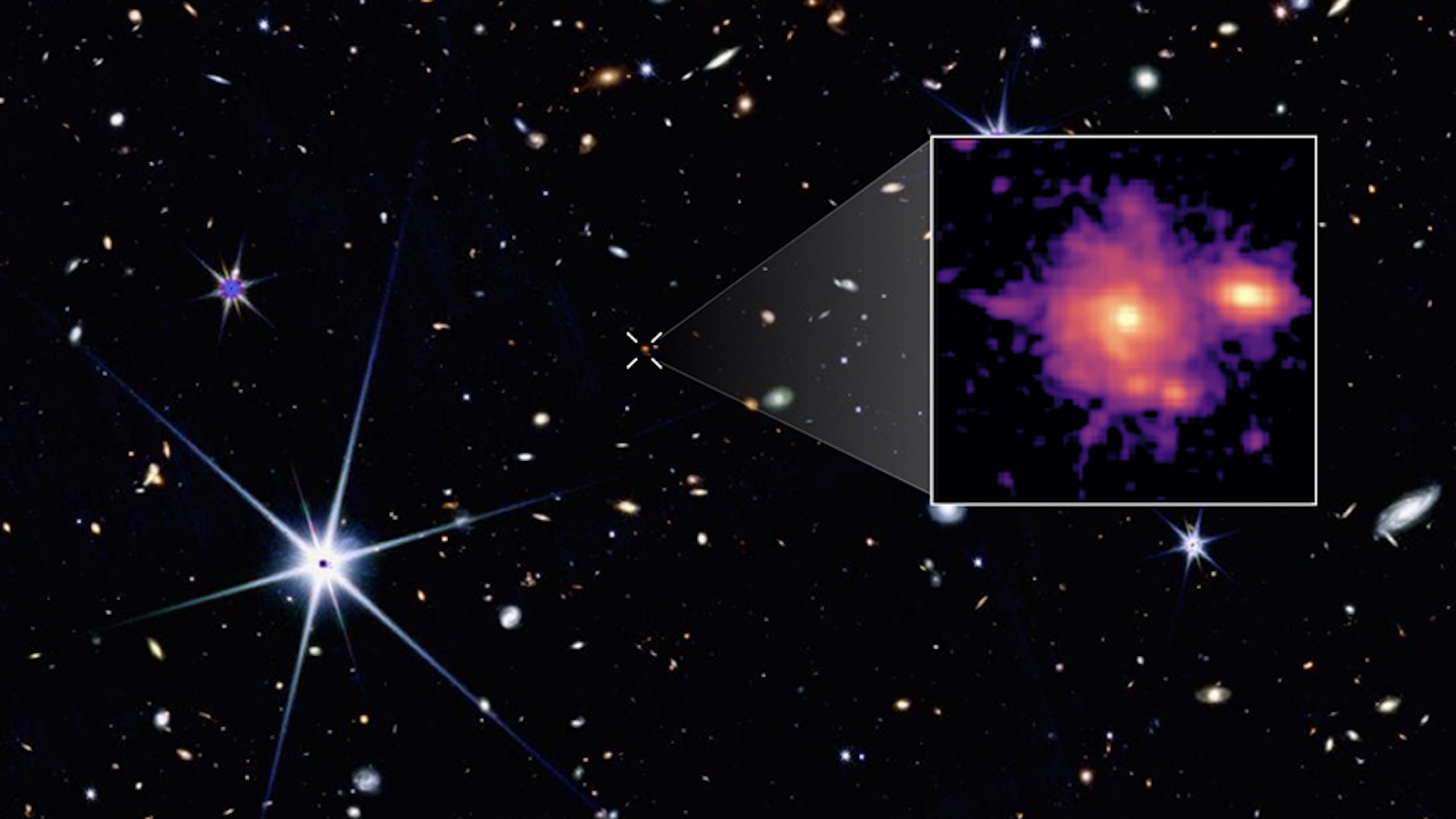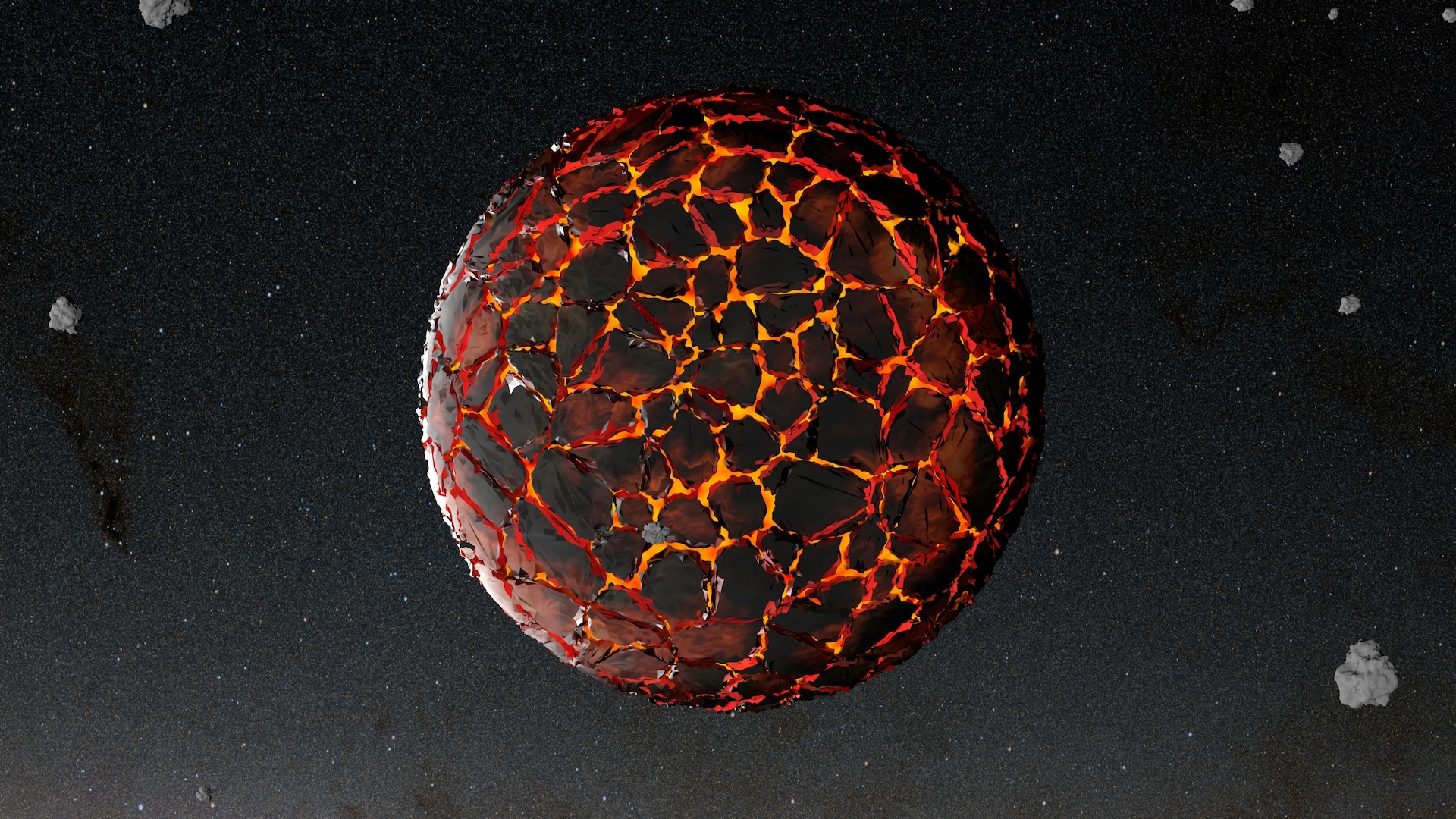This AI-powered robot has worked out how to solve a Rubik's Cube in just 0.305 seconds
Footage shows the record-breaking TOKUFASTbot solving a Rubik's Cube so fast that it appears to happen in a single move. But in reality, advanced AI is helping it rapidly turn the puzzle's colored panels in an imperceptibly fast sequence.
A Japanese robot has solved a Rubik's Cube in world record time, thanks in part to artificial intelligence (AI) that helps it to distinguish between the puzzle's colored panels, new footage shows. The entire process happens in less time than the blink of a human eye.
The record-breaking robot, "TOKUI Fast Accurate Synchronized Motion Testing Robot" (TOKUFASTbot), was created by Japan's Mitsubishi Electric Corporation to help improve factory automation equipment used in electronics production.
It has six arms connected to a multi-axis motor and a high-speed camera, both of which are connected to an industrial computer. The system is capable of turning each arm 90 degrees in just 0.009 seconds, Mitsubishi representatives said in a statement.
On May 21, TOKUFASTbot solved a rotating 3x3x3 "puzzle cube" in 0.305 seconds, setting a new world record, according to Guinness World Records. The previous record time was 0.38 seconds, which was set by an MIT robot in 2018. For comparison, a human blink takes between 0.1 and 0.4 seconds, according to Harvard University's bionumbers database.
The new record is around 10 times quicker than the record for a human solving the puzzle — 3.13 seconds, set by Max Park in June 2023.
In the Mitsubishi video, which uses slow-motion cameras to show the robot in action, TOKUFASTbot solved a puzzle cube even faster — in 0.204 seconds — on May 7 using around 15 moves. However, this attempt did not adhere to the "measurement rules" set out by Guinness World Records so it does not count, Mitsubishi representatives wrote in the video's YouTube description.
Related: 32 times artificial intelligence got it catastrophically wrong
Sign up for the Live Science daily newsletter now
Get the world’s most fascinating discoveries delivered straight to your inbox.

Due to a historic trademark that was recently overturned, the cubes used in record attempts are simply referred to as puzzle cubes, Ars Technica reported. However, the objects are almost certainly all Rubik's Cubes — the iconic toys created in 1974 by Hungarian sculptor and architect Ernő Rubik, who took a month to solve the first cube (largely because it had no colors).
Solving the Rubik's Cube, which has more than 43 quintillion possible combinations, is a great test of dexterity and computing power. As a result, robotics engineers have been competing to see how quickly their creations can complete the puzzles.

Apart from the speed of the machinery, the main limitation is how quickly the robots' computer systems can process information. But TOKUFASTbot excels in this area thanks to an AI system that helps it distinguish between the colors on the cubes' panels by factoring in minute changes caused by positioning, lighting and shadows that can trip up a standard color sensor, Ars Technica reported.
Just like humans, the hardest colors for AI's to distinguish between are red and orange because the wavelengths of these colors are closer together than any other color combination, Ars Technica reported. However, TOKUFASTbot's AI was able to quickly overcome this problem.

Harry is a U.K.-based senior staff writer at Live Science. He studied marine biology at the University of Exeter before training to become a journalist. He covers a wide range of topics including space exploration, planetary science, space weather, climate change, animal behavior and paleontology. His recent work on the solar maximum won "best space submission" at the 2024 Aerospace Media Awards and was shortlisted in the "top scoop" category at the NCTJ Awards for Excellence in 2023. He also writes Live Science's weekly Earth from space series.

